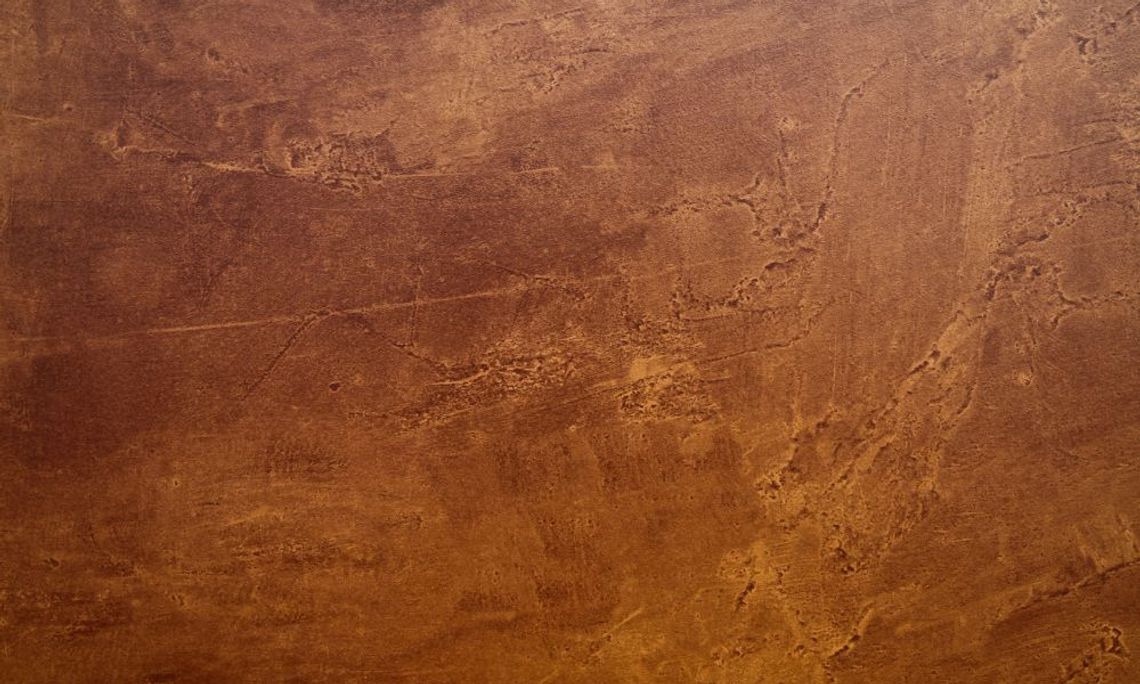Have you ever wondered where the bronze in your bronze medal originated? Or what other objects are made of this tough but ductile metal?
You might be surprised to learn that the history of bronze is long and complicated, with the metal used by humans for over 5,000 years. This guide will take you through a brief history of bronze and its geological origins.
What Is Bronze and When Can It Be Traced?
Bronze is an alloy that humans have used for centuries. Our predecessors may have used it as well. This versatile metal is composed of copper and tin, naturally occurring elements. The first evidence of human’s bronze usage dates back to around 3000 BCE in the region known as Mesopotamia. It was an accident when copper and tin ores mixed during the smelting process.
The Evolution of Bronze
Bronze quickly became popular for its resistance to corrosion and ability to hold a sharp edge. It is ideal for tools, weapons, and armor. For many years, it was the only metal strong enough for these purposes. It wasn’t until iron became widespread around 1000 BCE that anyone questioned the supremacy of bronze.
Despite this, bronze usage continued throughout history for various objects. It wasn’t until the industrial revolution that iron slowly replaced bronze in most applications due to its lower cost.
Bronze Usage Today
Although steel largely replaced it, bronze is still useful in several industries. For example, bearings and gears use bronze due to its resistance to wear. This metal is also popular for sculptures and musical instruments because of its attractive appearance.
Geological Origins
The two main elements that make up bronze, copper and tin, are in different parts of the world. Copper is most commonly in the form of oxide minerals such as cuprite and tenorite. These minerals typically occur in veins or deposits near the Earth’s surface.
Tin, on the other hand, is a bit rarer. People find this element in alluvial deposits, which form when water washes over rocks and minerals, causing them to break down and become mixed.
While copper and tin are worldwide, most of these elements are in a few specific regions. For example, Chile is home to some of the world’s largest copper mines, while China is responsible for most tin production.
Although cheaper alternatives in most applications have replaced it, bronze remains an important part of human history. This alloy has been used by cultures worldwide for millennia and will continue to work well in some capacity. You can now find combinations with other metals like iron which create applications for iron bronze alloy and other objects.
Now that you know a bit about the history and origins of bronze, you can appreciate this metal in a new light! So, the next time you see a statue or a set of bear claws, think about the long and fascinating journey this metal has taken to get to where it is today.


Comment
Comments